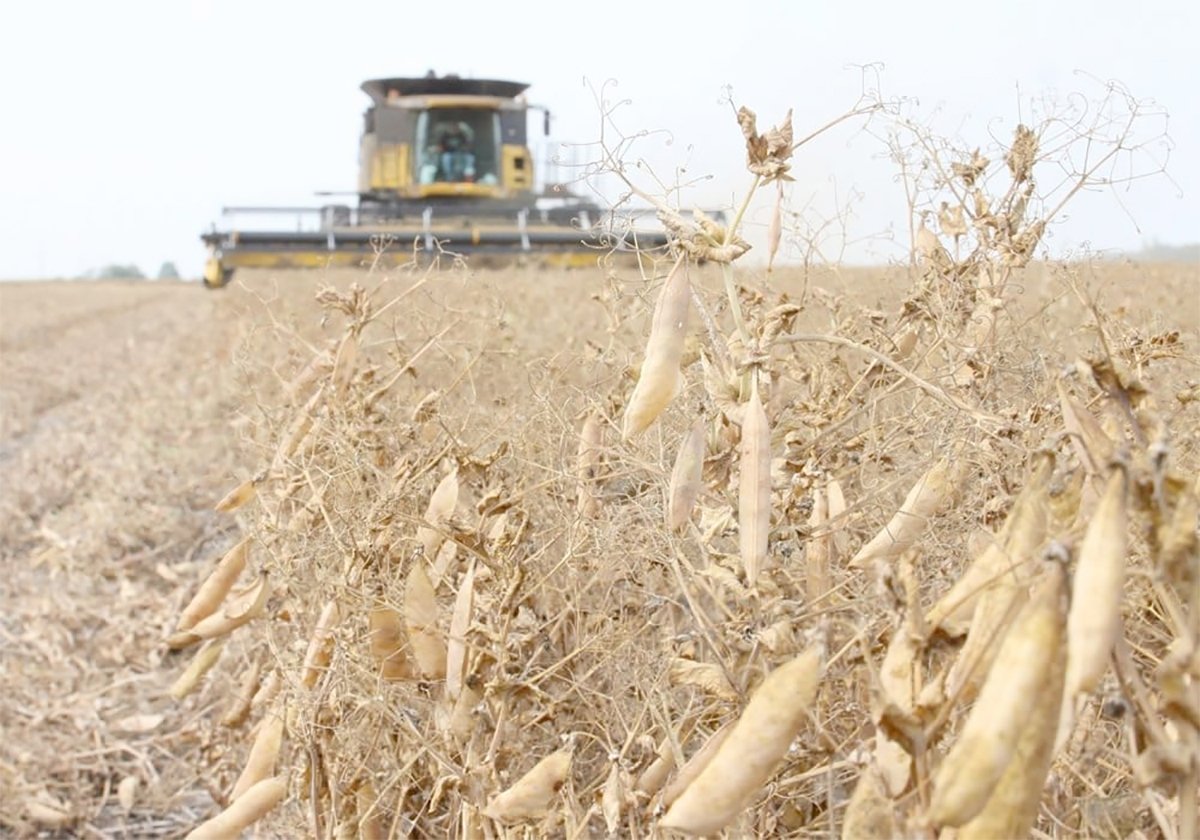Introducing new predators and increasing the population of existing ones provide alternative methods of pest control
LONDON, Ont. — Ontario farm groups might be lobbying for continued neonicotinoid insecticide use, but the Innovative Farmers Association of Ontario isn’t shying away from listening to the other side.
Dwayne Beck, director of the Dakota Lakes Research Farm, cited work conducted by John Tooker of Pennsylvania State University, who found that while the insecticides are effective against some insect pests, they can also depress the activity of insect predators in soybeans.
Beck said insecticides can be part of the wrongheaded “whack-a-mole” approach that’s far too common in agriculture. Instead of determining systemic cause of problems, it deals only with symptoms.
Read Also

Chinese, Indian tariffs take toll on pea prices
The disruption of pea exports from Canada’s largest customers will likely result in slow pea exports for the remainder of the crop year.
“Weeds, insects and disease are nature’s way of adding diversity,” he said.
“We need to counteract that by adding diversity of our own.”
Jonathon Lundgren, a research entomologist with the U.S. Department of Agriculture in South Dakota, asked how many members of the audience agreed with the Ontario government’s proposal to restrict neonicotinoids. One-quarter to one-third of the almost 300 people at the meeting raised their hands.
“I’m not saying ban it. I’m saying use it sustainably,” he said.
Lundgren said research has demonstrated the shortcomings of the insecticides, especially in how they affect non-target organisms, both insects and birds. He pointed to a map of North America showing their concentrated use throughout major growing areas.
He also said pest control is negligible in soybeans and sunflowers and the products don’t produce yield benefits.
In one study, the chemicals didn’t affect soybean aphids because they were too diluted by the time the target pest population became a concern, Lundgren said. At the same time, they killed the aphid predator orius insidiosus, which is a species of the minute pirate bug.
Lundgren also talked about neonicotinoid use in corn, in which the insecticides have been shown to be effective.
The most pressing challenge may be corn rootworm, which has been a concern for at least a century. Dozens of predators can control the pest, but it tends to be the least desired prey because of its taste.
Lundgren said encouraging a greater diversity and population of predators may overcome the problem.
“We need to saturate the predator communities in order to force them to eat those nasty tasting pests,” he said. “As the predators become more abundant, they’ll become more reliant on the corn rootworm as prey.”
Lundgren advocates for greater plant diversity in agriculture, around field margins and within cropped areas with wider rotations and multi-species cover crops. He also supports minimum tillage systems.
“The question is not whether we can conserve biodiversity while we crop. The question is what will happen if we don’t,” Lundgren said.
“We need a humbler approach to pest management. We need to understand that pests are the symptom, not the problem.”
Lundgren said that for every insect pest in North America, 1,700 provide a benefit. He cited the effect on honeybees and other pollinators and said concerned beekeepers should be taken seriously.
“The beekeepers are among the best naturalists. They know what is happening with their bees,” he said.














